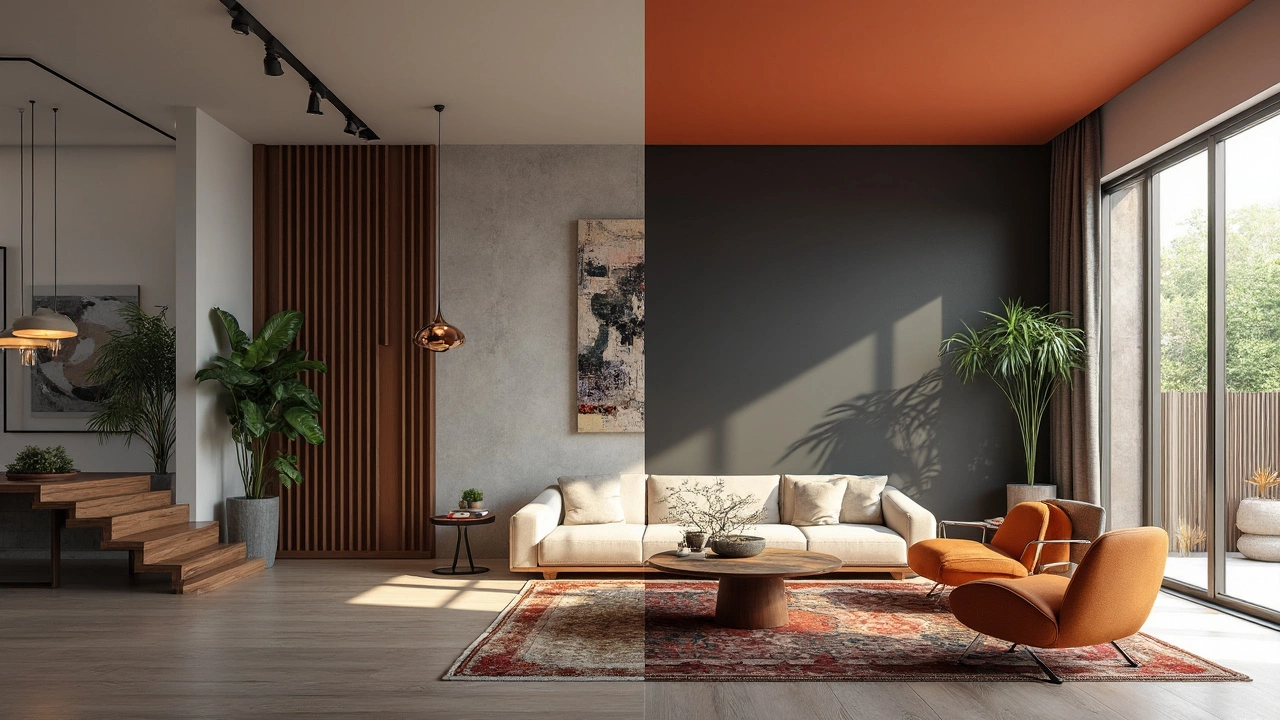Interior Styles: A Practical Guide
When talking about interior styles, the overall look and feel you create in a room, from shape and texture to colour and lighting, you’re really dealing with a toolkit for personal expression. Also called home décor themes, interior styles help you choose furniture, finishes, and accessories that work together. Alongside the main concept, we’ll explore bohemian style, a relaxed, eclectic look that mixes natural textures, vintage pieces, and bold patterns, lighting design, the arrangement of light sources that highlights spaces and sets mood, furniture layout, the placement of sofas, tables, and storage to balance comfort and flow, and color palette, the selected range of hues that ties a room’s elements together. Knowing how these pieces fit will make it easier to pick a style that feels right for your space.
First, interior styles encompass many visual languages – from modern minimalist to rustic farmhouse, each with its own set of rules. Picking one starts with understanding the color palette you love; a cool blue‑grey scheme works well with clean lines, while warm earthy tones suit a boho vibe. Next, lighting design influences how those colours appear – pendant lights can emphasize a sleek look, while layered floor lamps add softness to a cozy setting. The furniture layout then turns theory into reality: the 2/3 rule for sofa sizing, for example, ensures your couch, coffee table, and rug stay in proportion, making the room feel balanced rather than crowded.
Why These Elements Matter Together
Every interior style needs a harmony between colour, light, and furniture. If you choose a bohemian style but ignore lighting, the texture of woven rugs and vintage décor might get lost in harsh overhead bulbs. On the flip side, a minimalist look can feel barren without the right lighting design – soft ambient fixtures add depth without breaking the clean aesthetic. Similarly, an ill‑planned furniture layout can make even the best colour choices feel chaotic, as seen when a corner sofa blocks natural pathways. By aligning these entities, you create a space that feels intentional and livable.
Practical tips flow from these connections. Start by defining a color palette – pick three main colours and a couple of accent shades. Then map out your furniture layout using simple math like the 2/3 rule to keep proportions in check. Finally, layer your lighting design with a mix of ambient, task, and accent lights, ensuring each area of the room gets the right mood. When you follow this sequence, the final look naturally aligns with the interior style you’ve chosen.
The range of styles we cover below includes everything from a simple bedroom makeover to bold boho bathrooms, from budget‑friendly sofa selections to high‑paying interior design career insights. Whether you’re a DIY beginner or a seasoned remodeler, you’ll find actionable ideas that match the style language you’re after. Dive in and see how each post builds on the core concepts of colour, light, and layout to help you shape a home that truly reflects your taste.
